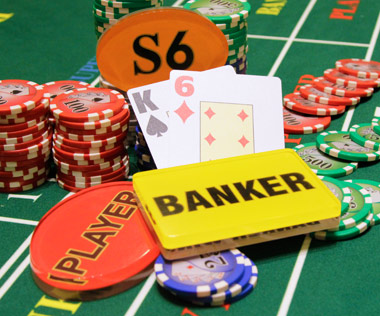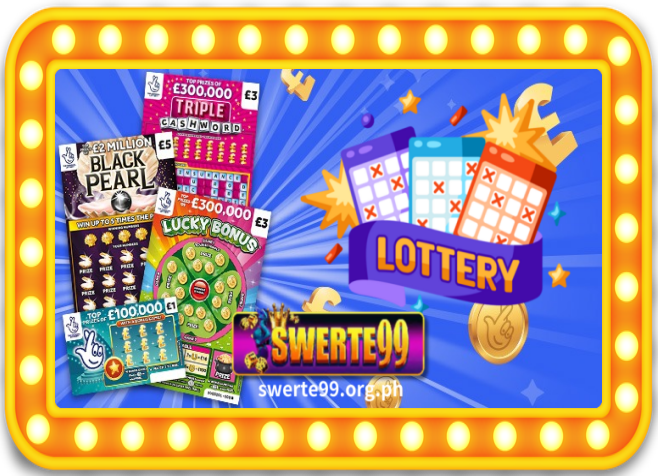Creating a Slot Machine in C++ for Swerte99: A Step-by-Step Guide
Developing a Slot Machine in C++ for Swerte99: A Comprehensive Guide


Introduction
The world of online gaming has rapidly evolved with the growth of digital platforms like Swerte99, where players expect seamless, engaging, and secure experiences. Slot machines remain a perennial favorite, and developing them with C++ can offer a powerful combination of performance, flexibility, and control. This article will take you through the step-by-step process of building a slot machine in C++—from designing the game architecture to coding key components and integrating interactive features—all tailored for Swerte99.
Slot Machine Architecture Overview
Core Components
A robust digital slot machine typically consists of the following elements:
Reels and Symbols: Virtual reels that display a set of symbols. Each reel is represented as an array or vector of symbol objects.
Payout Table: Defines the winnings associated with different symbol combinations.
Random Number Generator (RNG): Ensures fair and unpredictable outcomes by randomly selecting symbols for each spin.
User Interface (UI): Buttons and display panels for initiating spins, placing bets, and showing results.
Audio-Visual Feedback: Sound effects and animations that enhance player engagement.
System Flow
Bet Placement: The player selects their wager and initiates a spin.
Spin Execution: The RNG simulates the spinning of each reel.
Result Evaluation: The outcome is compared against the payout table to determine winnings.
Balance Update: The player’s account is updated with winnings or losses.
Feedback: Visual and auditory cues notify the player of the result.
Developing the Slot Machine in C++
Setting Up Your Development Environment
For developing a slot machine in C++, you can use an IDE such as Visual Studio or Code::Blocks. Ensure you have the latest C++ compiler (e.g., MSVC or GCC) and any necessary libraries for GUI development (such as Qt or SFML) if you plan to create a graphical interface.
Implementing a Robust RNG
A fair slot machine requires a high-quality RNG. Here’s a simple example using the C++ <random> library:
cppCopyEdit#include <iostream>#include <random>#include <vector>#include <ctime>class SlotMachine {public: SlotMachine() : rng(static_cast<unsigned int>(std::time(nullptr))) {} // Simulate spinning a reel with 'n' symbols (indexed from 0 to n-1)
int spinReel(int n) { std::uniform_int_distribution<int> dist(0, n - 1); return dist(rng);
}private:
std::mt19937 rng;
};int main() {
SlotMachine machine; const int numberOfSymbols = 10; // Example: 10 symbols per reel
std::vector<int> spinResult;
// Simulate 3 reels
for (int i = 0; i < 3; ++i) {
spinResult.push_back(machine.spinReel(numberOfSymbols));
}
std::cout << "Spin results: "; for (auto symbol : spinResult) {
std::cout << symbol << " ";
}
std::cout << std::endl; return 0;
}This example uses the Mersenne Twister engine for a quality random number sequence. For a production environment, further enhancements such as cryptographic RNGs might be considered to meet regulatory standards.
Designing the User Interface for Swerte99
Graphical UI with C++ Frameworks
For a modern slot machine, the UI must be engaging and intuitive. Frameworks like Qt or SFML are ideal for developing rich graphical interfaces in C++.
Example Using Qt
Below is a simplified snippet of how a Spin button might be set up using Qt:
cppCopyEdit// mainwindow.h#include <QMainWindow>#include <QPushButton>class MainWindow : public QMainWindow {
Q_OBJECTpublic: MainWindow(QWidget *parent = nullptr);
~MainWindow();private slots: void onSpinButtonClicked();private:
QPushButton *spinButton;
};// mainwindow.cpp#include "mainwindow.h"#include <QVBoxLayout>#include <QLabel>#include <QMessageBox>MainWindow::MainWindow(QWidget *parent)
: QMainWindow(parent) {
QWidget *centralWidget = new QWidget(this);
QVBoxLayout *layout = new QVBoxLayout(centralWidget);
QLabel *titleLabel = new QLabel("Swerte99 Slot Machine", this);
spinButton = new QPushButton("Spin", this);
layout->addWidget(titleLabel);
layout->addWidget(spinButton);
setCentralWidget(centralWidget); connect(spinButton, &QPushButton::clicked, this, &MainWindow::onSpinButtonClicked);
}
MainWindow::~MainWindow() {}void MainWindow::onSpinButtonClicked() { // Trigger the slot machine spin (this function would interact with your C++ slot machine logic)
QMessageBox::information(this, "Spin", "The reels are spinning!");
}This simple UI features a Spin button and title label, demonstrating how you might integrate your C++ backend with a graphical frontend for Swerte99’s slot machine.
Integrating Slot Machine Logic with Swerte99
Game Logic and Event Handling
Once the basic components (RNG, UI) are in place, integrate your game logic:
Event Handling: Connect UI buttons to backend functions that execute spins.
Payout Calculations: Implement functions that evaluate the spin results against a predefined payout table.
Balance Updates: Ensure that winnings or losses are accurately reflected in the player's account.
Example of Payout Evaluation
cppCopyEdit#include <map>#include <vector>class SlotGame {public: // Define a simple payout table: if all reels match a specific symbol, the payout multiplier is returned
SlotGame() {
payoutTable[0] = 5; // For example, three 0s pay 5x the bet
payoutTable[1] = 10; // Three 1s pay 10x the bet
// Add more combinations as needed
} // Evaluate spin result; returns multiplier if win, or 0 if no win
int evaluateSpin(const std::vector<int>& spinResult) { if (spinResult.size() < 3) return 0; // Simple check: if all three reels show the same symbol, it's a win
if (spinResult[0] == spinResult[1] && spinResult[1] == spinResult[2]) { return payoutTable[spinResult[0]];
} return 0;
}private:
std::map<int, int> payoutTable;
};Integrate this logic with your UI to provide immediate feedback after a spin.
Testing, Deployment, and Security
Testing Your Slot Machine
Unit Testing: Write unit tests for your RNG, payout evaluation, and other critical functions.
Integration Testing: Ensure the UI and backend logic work seamlessly together.
User Acceptance Testing (UAT): Gather feedback from real users on Swerte99 to fine-tune the gameplay and UI elements.
Deployment Considerations
Server Integration: Deploy your C++ application on secure servers, ensuring smooth interaction with Swerte99’s existing systems.
Security Measures: Implement encryption for data transmission and secure payment integrations.
Compliance: Ensure your slot machine meets all local regulatory standards for online gaming.
Enhancing Player Experience
Audio-Visual Effects
Integrate sound effects and animations to simulate the traditional slot machine experience:
Sound Effects: Use C++ audio libraries (e.g., FMOD, SDL_mixer) to add coin sounds, spin noises, and win jingles.
Animations: Smooth reel animations can be implemented using graphics libraries to enhance the visual appeal.
Customization and Accessibility
Offer options to adjust volume, animation speed, and display settings. Accessibility features, such as adjustable font sizes or color contrast options, ensure that your game is usable by everyone.
Conclusion
Developing a slot machine in C++ for Swerte99 blends classic game design with modern programming techniques. By leveraging robust RNG methods, intuitive UI design with frameworks like Qt, and comprehensive game logic, you can create a digital slot machine that is both engaging and fair. This article has outlined the essential steps—from setting up your development environment to deploying a secure, compliant game on Swerte99. Whether you are enhancing an existing platform or building a new game from scratch, the insights provided here will help you craft an exceptional online gaming experience for your players.



